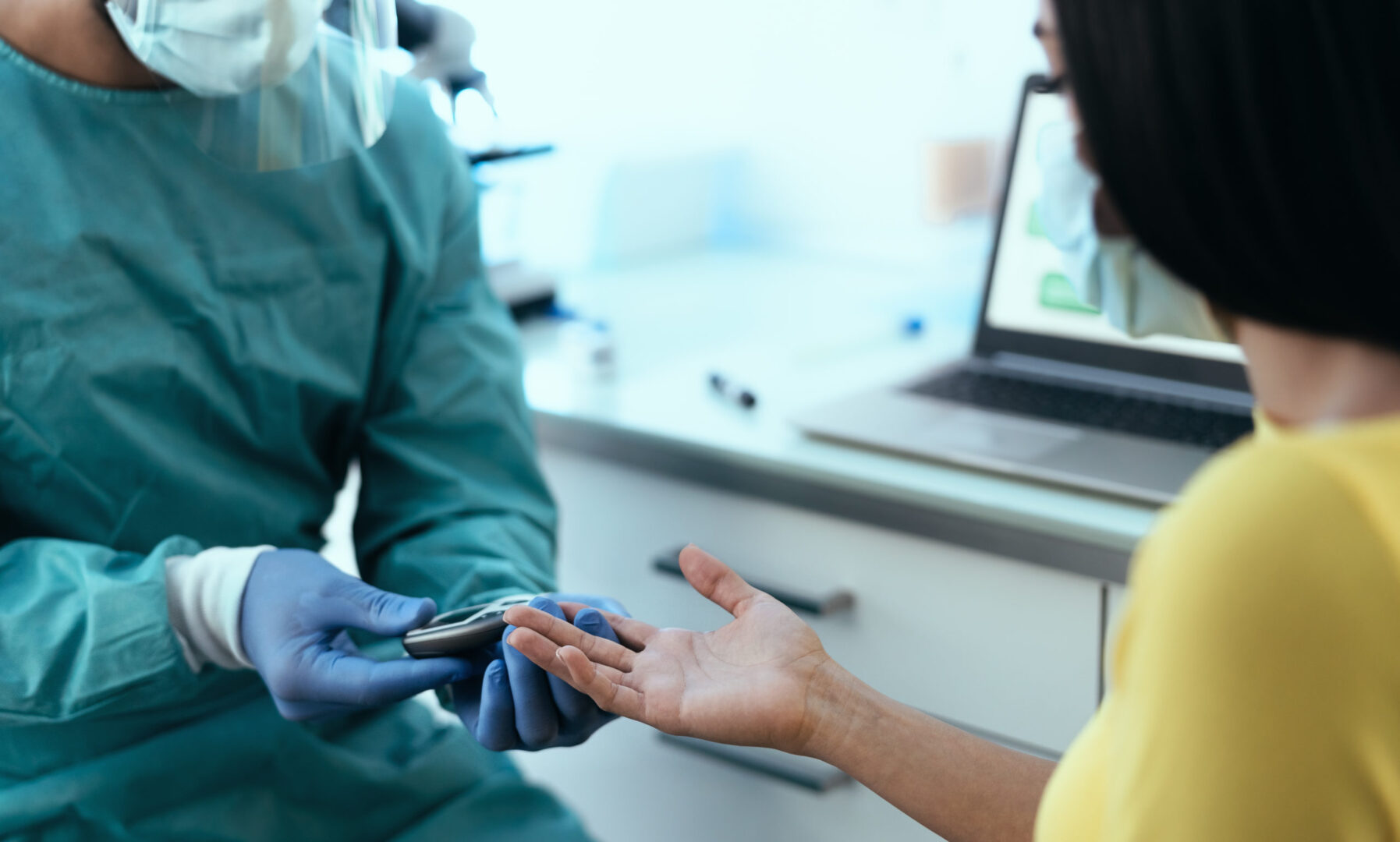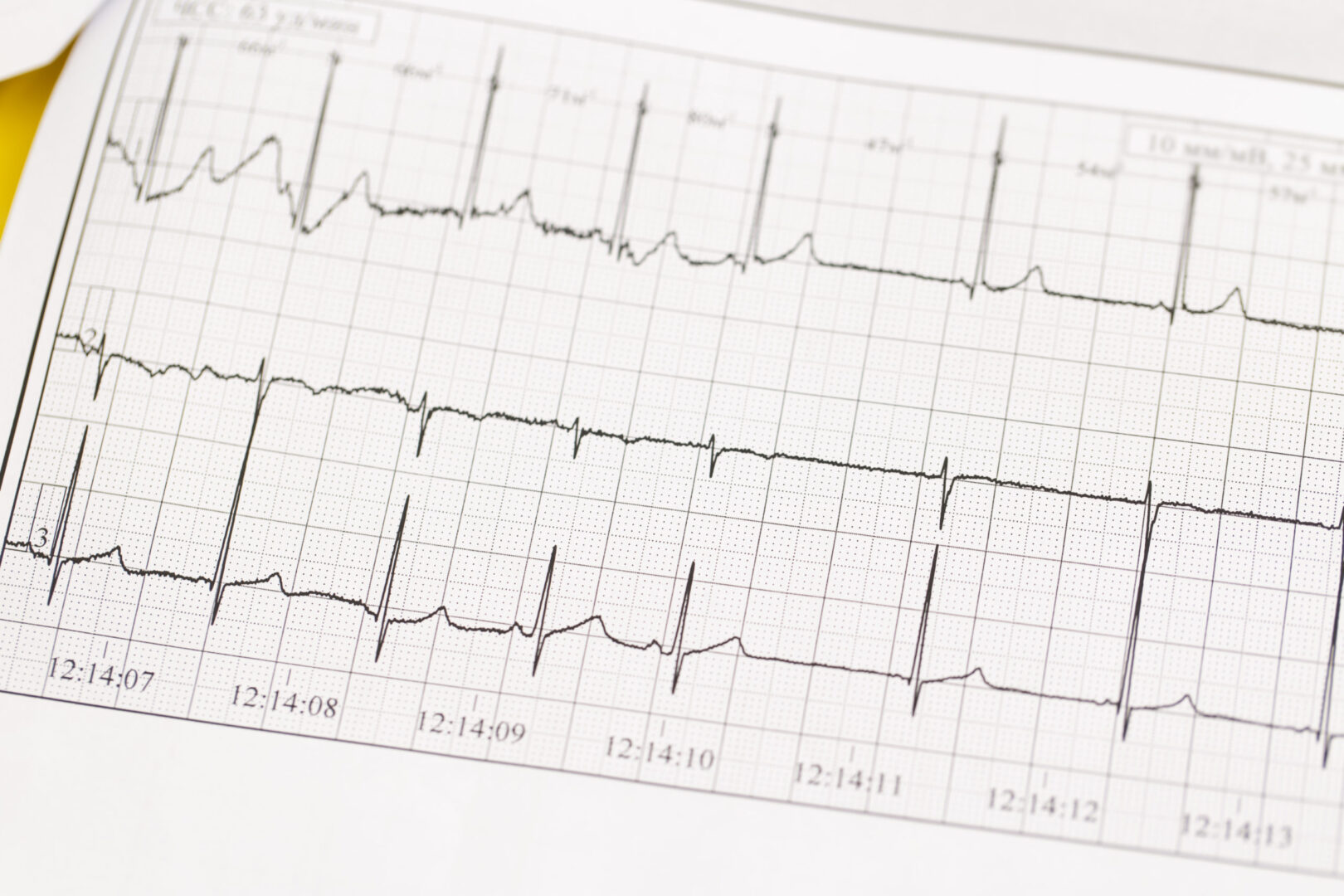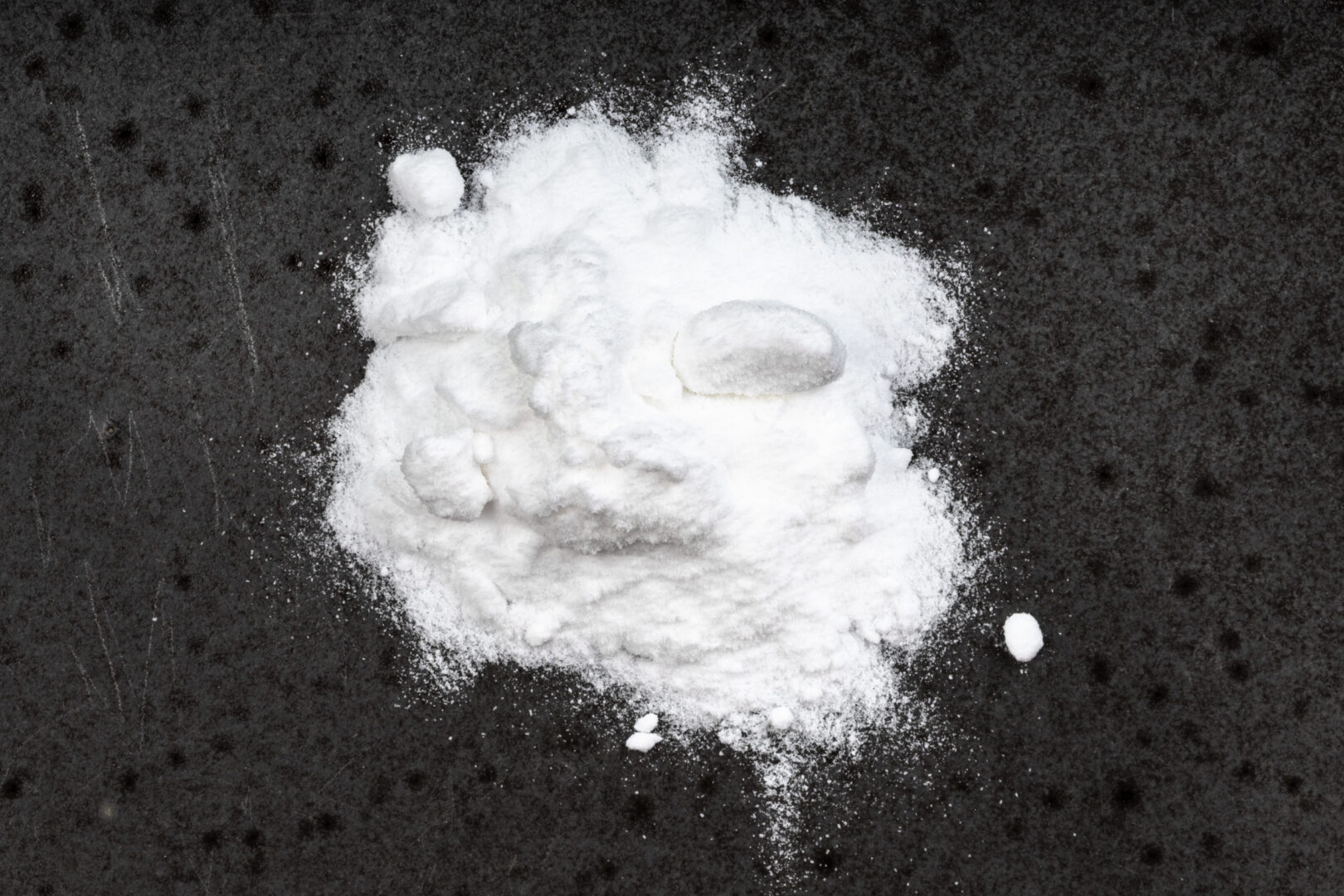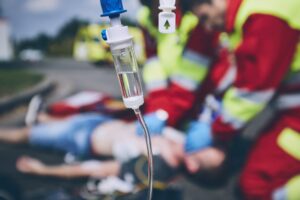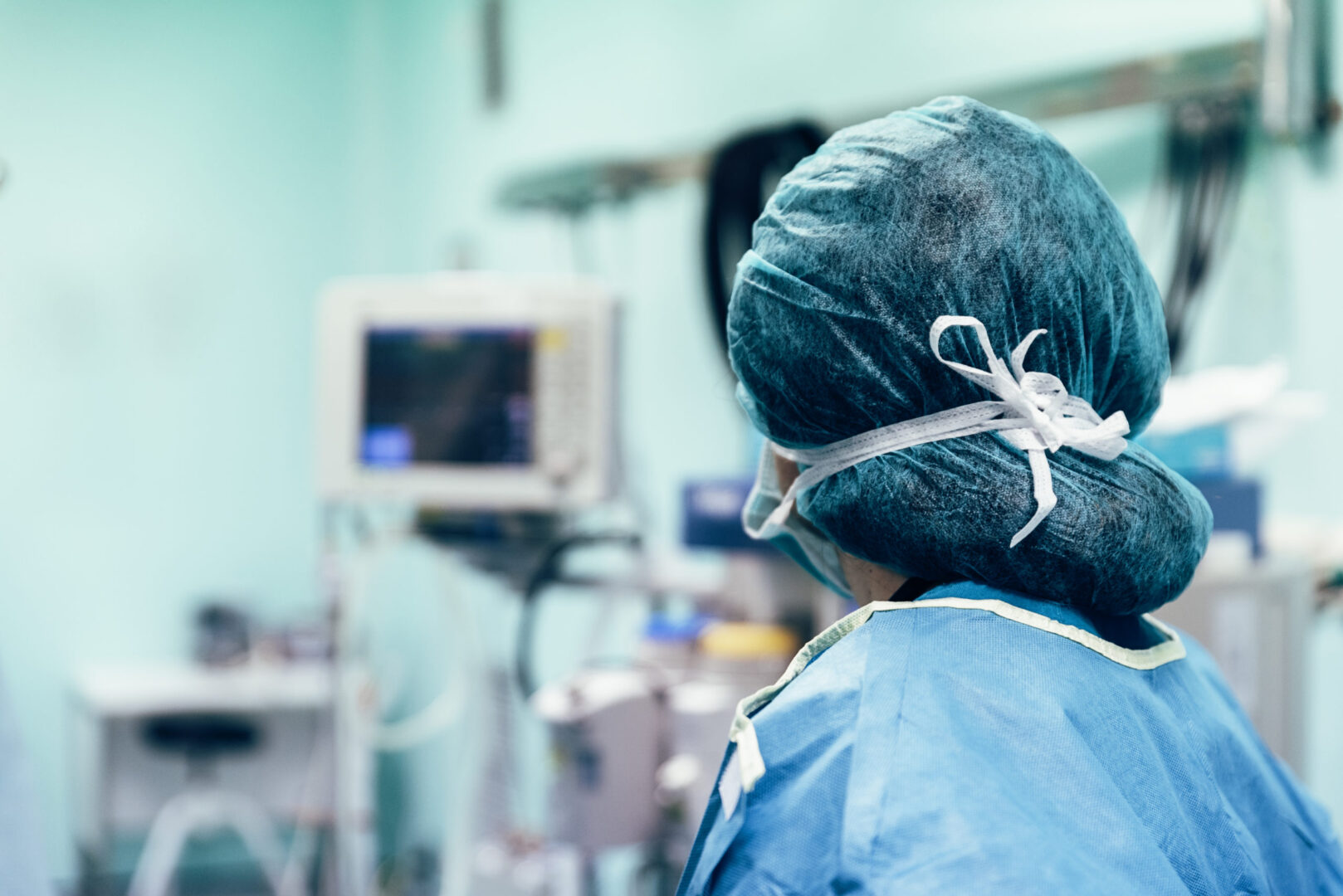Learning objectives
- Recognize signs and symptoms of hyperglycemia
- Manage and prevent hyperglycemia
Definition and mechanisms
- An excessive amount of glucose circulates in the plasma, typically above 180-200 mg/dL (or 10-11.1 mmol/L), or fasting blood glucose above 125 mg/dL
- Symptoms of hyperglycemia develop slowly over several days or weeks
- However, symptoms may not become noticeable until even higher values (250-300 mg/dL or 13.9-16.7 mmol/L)
- Due to a low insulin level or if the body can not process insulin properly (insulin resistance)
- Increased rates of morbidity, mortality, and length of hospital stay
Sign and symptoms
- High glucose levels in the urine
- Polyphagia
- Polydipsia
- Polyuria
- Increased thirst
- Blurred vision
- Feeling weak or unusually tired
- Fatigue
- Restlessness
- Weight loss or weight gain
- Dry or itchy skin
- Seizures
- Coma
If hyperglycemia is not treated, ketoacidosis occurs:
- Fruity-smelling breath
- Dry mouth
- Abdominal pain
- Nausea and vomiting
- Shortness of breath
- Kussmaul hyperventilation
- Confusion
- Loss of consciousness
Causes
- Type 1 or type 2 diabetes mellitus
- Infection/ilness
- Limited physical activity
- Lack of insulin
- Certain medications: corticosteroids, octreotide, beta blockers, epinephrine, thiazide diuretics, statins, protease inhibitors, antipsychotic medications
- Excess cortisol, catecholamines, growth hormone, glucagon
Hyperglycemia may also be seen in:
- Cushing’s syndrome
- Pheochromocytoma
- Acromegaly
- Hyperglucagonemia
- Hyperthyroidism
Complications
- Diabetic ketoacidosis
- Peripheral neuropathy
- Diabetic retinopathy
- Nephropathy
- Gastroparesis
- Heart disease
- Stroke
Diagnosis
- Fasting glucose tests
- Glucose tolerance tests
- A1c test
Management
See also diabetes mellitus type 2
Preoperative management
- Consider:
- Increased rates of infection
- Medical complications including: acute kidney injury, acute coronary syndromes, and acute cerebrovascular events
- Administer longer-acting analogs and the increased or continuous subcutaneous insulin infusion to cover the fasting period
Perioperative glycemic control
- As long as HBA1c < 8.5%, no extra precautions are warranted, except to perform regular capillary blood glucose (CBG) measurements
- Administer simultaneously glucose with premixed potassium at a fixed rate and an i.v. insulin infusion titrated according to the CBG ( variable rate IV insulin infusion)
- Treat a CBG > 12.0 mmol/L
- Check capillary ketones to ensure that the patient had not developed DKA
Example of variable rate continuous insulin infusion:
| Blood Glucose mg/dL (mmol/L) | If BG increased from previous measurement | BG decreased from prior measurement by less than 30mg/dL | BG decreased from prior measurement by greater than 30mg/dL |
|---|---|---|---|
| > 241 (13.4) | Increase rate by 3U/h | Increase rate by 3U/h | No change in rate |
| 211-240 (11.7-13.4) | Increase rate by 2U/h | Increase rate by 2U/h | No change in rate |
| 181-210 (10-11.7) | Increase rate by 1U/h | Increase rate by 1U/h | No change in rate |
| 141-180 (7.8-10) | No change in rate | No change in rate | No change in rate |
| 110-140 (6.1-7.8) | No change in rate | Decrease rate by ½ U/h | Hold insulin infusion |
| 100-109 (5.5-6.1) | 1. Hold insulin infusion 2. Re-check BG hourly 3. Restart infusion at ½ the prior infusion rate if BG > 180mg/dL (10mmol/L) |
||
| 71-99 (3.9-5.5) | 1. Hold insulin infusion 2. Check BG every 30 minutes until BG > 100mg/dL (5.5mmol/L) 3. Resume BG checks every hour 4. Restart infusion at ½ the prior infusion rate if BG > 180mg/dL (10mmol/L) |
||
| 70 (3.9) or lower | If BG 50-70 (2.8-3.9mmol/L), 1. Give 25mL D50 2. Repeat BG checks every 30 minutes until BG > 100mg/dL (5.5mmol/L) If BG < 50mg/dL (2.8mmol/L) 1. Give 50mL D50 2. Repeat BG every 15 minutes until > 70mg/dL (3.9mmol/L) 3. When BG > 70mg/dL, BG checks every 30 minutes until > 100mg/dL (5.5mmol/L). Repeat 50mL D50 dose if BG < 50mg/dL a second time and start D10 infusion 4. After BG > 100mg/dL (5.5mmol/L), resume hourly BG check Restart infusion at ½ the prior infusion rate if BG > 180mg/dL (5.5mmol/L) |
||
| BG: Blood Glucose, mg: milligrams, dL: deciliter, mmol: millimoles, L: liter, U: Units, h: hour, D50: 50% dextrose solution, D10: 10% dextrose solution, mL: milliliters 1. If BG > 180mg/dL (10mmol/L), start insulin infusion 2. Consider bolus dose [BG – 100/40] 3. Start rate at BG/100 = U/hr 4. Check BG hourly and correct per table |
|||
Suggested reading
- Duggan EW, Carlson K, Umpierrez GE. Perioperative Hyperglycemia Management: an update. Anesthesiology. 2017;126(3):547-560.
- Stubbs, D.J., Levy, N., Dhatariya, K., 2017. The rationale and the strategies to achieve perioperative glycaemic control. BJA Education 17, 185–193.
We would love to hear from you. If you should detect any errors, email us customerservice@nysora.com



